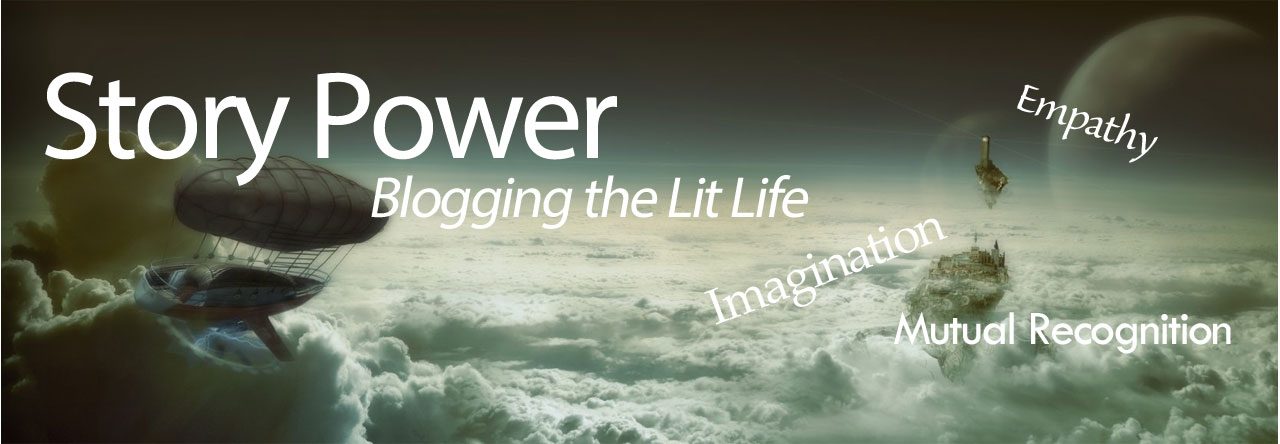King Lear is a role that most great Shakespearean Actors hope to play. As a result of this, many great productions of The Tragedy of King Lear have been put on. From play to musical to movie, there are countless Lear’s to choose from. Why is this, and how did this come to be?
The short answer, and often the easy answer with Shakespeare’s works, is the fact that it was written by Shakespeare, automatically granting it impromptu Hall of Fame status and an immortal reputation on the stage. I think there’s a greater, more impactful reason, though.
Kings, queens, royal courts, and political marriages are mostly things of the past, but when we take a look at the themes hidden throughout King Lear we see why the play, even in it’s original Shakespearean English, is a hit with modern audiences. Firstly, the theme of Parent-Child relations is supposed to highlight good children as those who take care of ailing parents, while others are considered the bad children. Younger members of society are supposed to inherently respect their elders, and this is something that still resonates with many audiences from many cultures today. Furthermore, the theme of Power, specifically women in power, is a big part of how this story maintains a large following with modern audiences. To have not one, not two, but three significant female characters with power and agency over not just their lives, but their land and others, is significant for the time it was written. While two of those character, the one’s with more agency, are framed as evil and monsters, they still allow for a modern audience to better connect with the character in a story since King Lear isn’t just about the ambitious power-seeking men. Finally, though this may have not been Shakespeare’s intention, the heightened level of violence and intrigue that took place in this play mimic the drama we, the modern audience, have come to know from action movies and the like. To put it bluntly, it is easier for a lay audience to enjoy a work of Shakespeare when someone’s getting backstabbed or having their eye taken out.
In the end, whether you personally loved King Lear, or never want to hear someone say “thy” again, this play is going to be remastered and remade for as long as there is an audience who will watch it.
